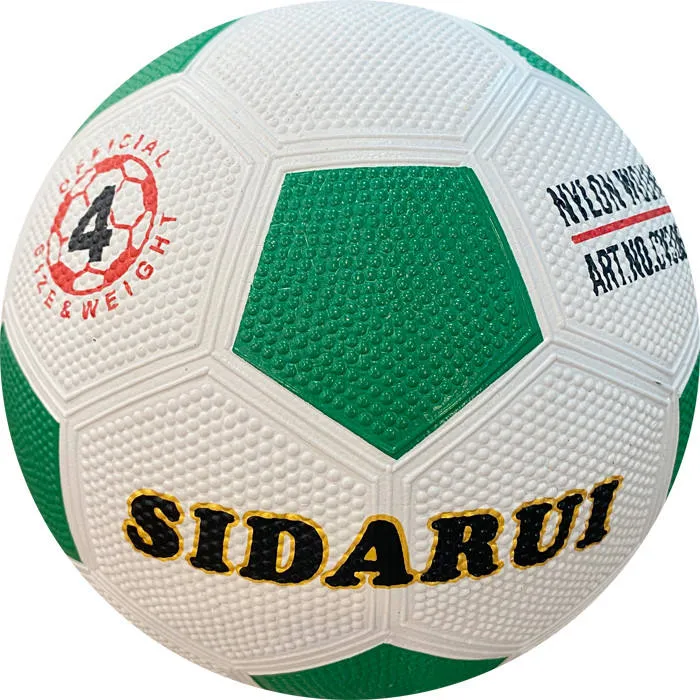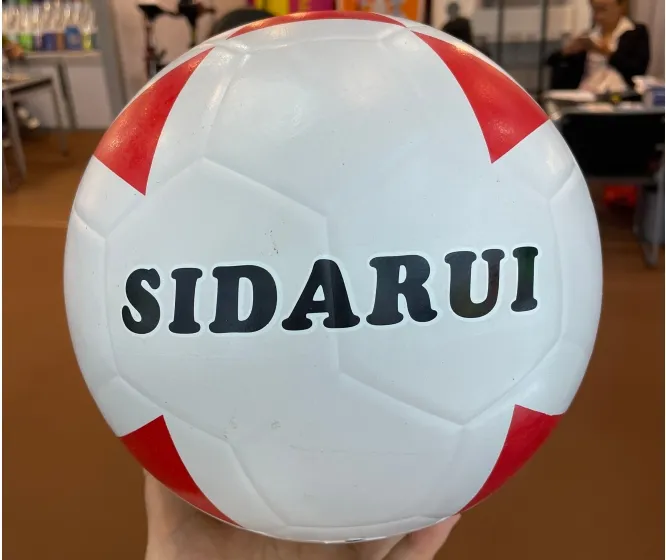Volleyball, a dynamic sport played worldwide, demands specific equipment designed to enhance gameplay and safety. One of the most crucial components of the game is the volleyball itself. Understanding the dimensions and specifications of a volleyball ball is essential for players, coaches, and enthusiasts who aim to optimize their performance and enjoy the game to its fullest. Here, we provide a comprehensive examination of the standard dimensions of a volleyball ball, grounded in deep expertise and reinforced by authoritative sources.

A regulation volleyball ball is constructed meticulously to meet international standards, ensuring consistency, fairness, and optimal performance during competitive play. The official circumference of a volleyball ball ranges between 65 to 67 centimeters, according to guidelines set forth by the Fédération Internationale de Volleyball (FIVB), the sport’s global governing body. This precise measurement is critical, as even slight variations can significantly impact the ball's behavior in flight and its interaction upon contact with players’ hands.
Weight is another critical factor where precision is key. The FIVB stipulates that an official volleyball must weigh between 260 to 280 grams. The rationale behind this weight range underscores the need for a ball that feels substantial enough for accurate passing and spiking, yet light enough to be propelled efficiently across the net. This balance is essential for maintaining the pace and rhythm of the game, which are fundamental aspects of volleyball's appeal.

Moreover,
the internal pressure of the volleyball is regulated between 0.30 to 0.325 kg/cm². This pressure ensures the ball retains its shape while offering the right amount of bounce during play. A well-maintained pressure also contributes to the ball's durability, ensuring longevity over multiple games and practices. Players find that a properly inflated ball responds predictably during serves and spikes, crucial for developing advanced skills and strategies.
The materials used in constructing a volleyball also play a pivotal role, impacting both the ball's performance and the players' safety. High-quality volleyballs feature a leather or synthetic leather outer surface, which provides the optimal blend of grip and comfort. The seams are typically smooth or slightly textured, enabling players to maintain control while executing complex maneuvers such as sets, bumps, and spikes. The quality of the materials directly affects the tactile feedback players receive, which is vital for honing precision and finesse.
dimension of volleyball ball
In professional and competitive settings, the choice of volleyball must align with the playing environment. Indoor volleyballs are engineered to withstand the demands of an enclosed space, typically featuring a denser construction to accommodate the differing dynamics compared to outdoor play. Conversely, beach volleyballs are slightly larger and feature a rougher surface to adapt to outdoor conditions, such as wind and sand, providing players with enhanced grip and control.
Industry leaders like Mikasa and Molten are renowned for producing top-tier volleyballs that meet these rigorous standards. These brands have built their reputation on delivering consistent quality, ensuring players around the world have access to equipment that meets international specifications. Authorities in the sport continually conduct tests and evaluations, emphasizing the brand's reliability and commitment to quality, which enhances their trustworthiness among athletes and coaches alike.
For players looking to improve their game, investing in a volleyball that adheres to these standardized dimensions can be an invaluable decision. Not only does it facilitate a greater appreciation of the sport's nuances, but it also fosters skill development and competitive edge. Whether used in practice settings or official matches, a regulation volleyball serves as the benchmark of quality and performance.
In conclusion, while the dimensions of a volleyball might seem like mere numbers, they collectively form the core of the sport's integrity. Ensuring adherence to these specifications is crucial for maintaining the standardization and fairness that makes volleyball such a beloved and globally respected sport. By choosing equipment that meets these criteria, players can trust in the consistency and reliability that forms the foundation of exceptional volleyball experiences.













